ALTER is the prime contractor of a consortium for the development of a compact, robust and reliable solution of a Quantum Key Distribution (QKD) in Space Communications in the frame of the ARTES programme.
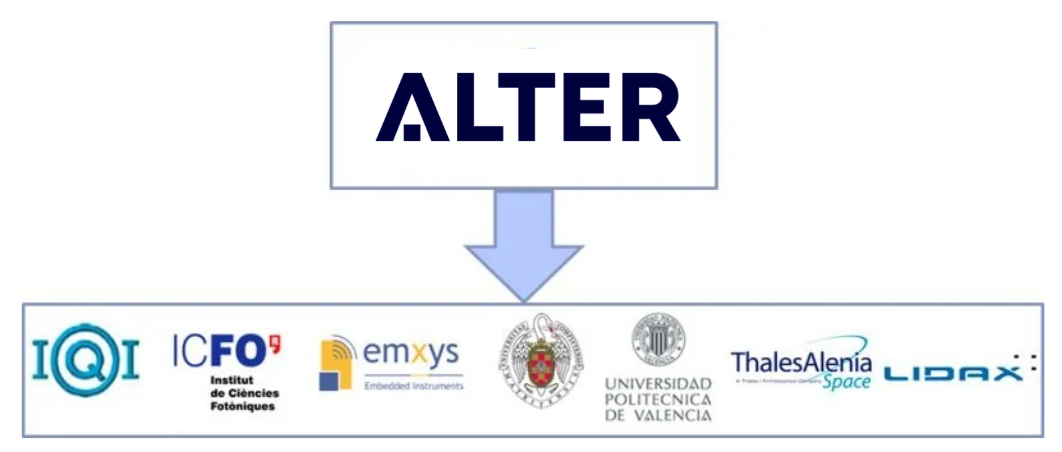
QKD in space communications
Single photons cannot be cloned or split and, by measuring them, you change their initial state.
Quantum communication system uses single photons to transmit unique random secret keys of ones and zeros.
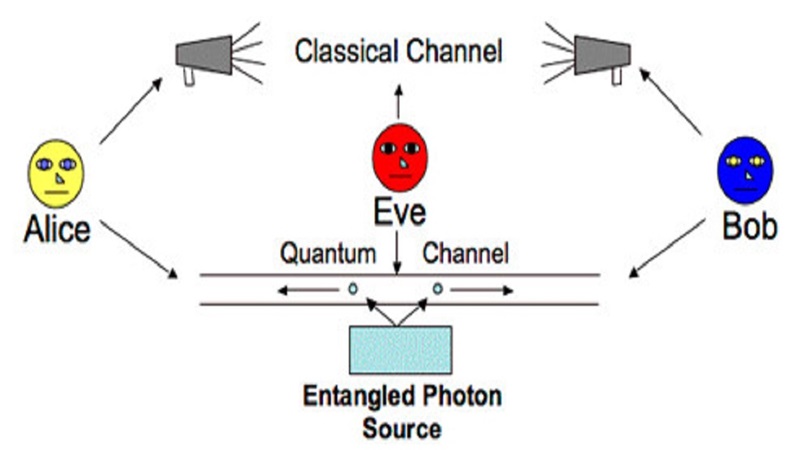
Absence of absorption effects and birefringence of the optical fibre
Longer distances for space communications; satellite-satellite and Earth-satellite links; incoherence effects caused by atmospheric disturbances are insignificant.
Quantum communication in space
- Subsystem for quantum communication in space to potentially be placed on the International Space Station.
- Photonic transceiver Elegant Breadboard capable of generating and detecting entangled photons pairs as well as faint laser pulses.
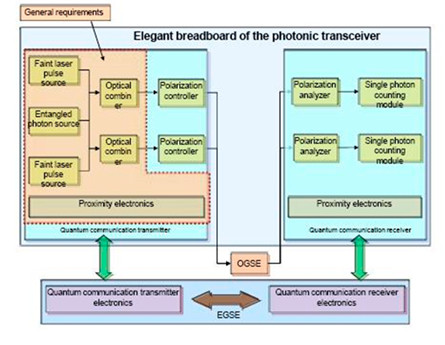
Quantum Photonic Transceiver
General concepts
- The entangled photon source (EPS) distributes random but perfectly correlated sequences.
- EPS is used in simultaneous key transmission scheme (Eckert Protocol)
- Each station receives one photon of each entangled pair. The received key is compared and an unconditionally secure key is computed.
- The faint pulse source (FPS) distributes a deterministic sequence.
- FPS is used for consecutive key transmission schemes (BB84+decoy State Protocol)
- Each station receives two keys from the terminal
- After transmission, one station sends an XOR of both keys to the other station, and thus, one unconditionally secure key is computed.
General Requirements
- Total mass ≤ 4Kg
- Total Size ≤290x120x100mm3
- Total Power Consumption ≤ 15W(peak)
Optical Requirements
- Optical BW ≤ 3nm
- Back-to-back detected coincidence rate > 105
- Visibility >95% ( in 0/90 and +45/-45 basis)
- QBER<2.5%
- Detection Probability >40%
- Weak Pulse Repetition Rate >10MHz
- Dark Count < 100 counts/sec
- Time Resolution < 1ns
Environmental Constraints
- Operational Temperature -35º/60º
- Storage Temperature -50º/75º
- Operational Relative Humidity Range 5-85%
- Storage relative humidity range 5-95%
- Vacuum Environment <10-6 mbar
- Radiation : Gamma , Displacement Damage and Single Event Transient
Critical Aspects
- Critical optical and optoelectronic elements have been space-validated: being COTS, they had to undergo environmental and mechanical tests to prove their functionality and feasibility in the space environment.
- The compatibility of the optomechanical design with the pace environment had to be demonstrated by a suitable combination of analysis and testing.
- Functional performance depends on the precision and stability of the opto-mechanical assembly in space environmental conditions. Stable and robust opto-mechanical integration.
- Thermo-mechanical active control of optical and opto-electronic components also had to be considered.
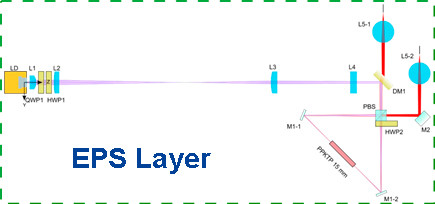
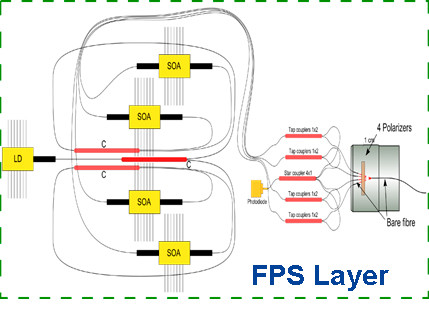
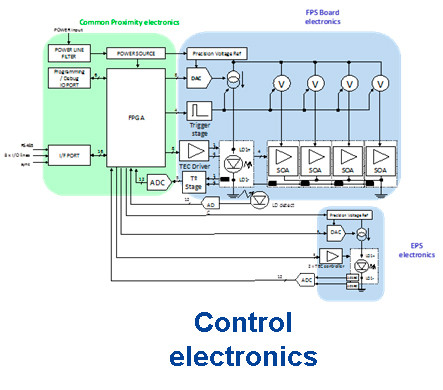
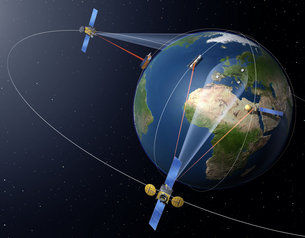
Space Quantum Communication
Alter Technology I+D TECHNOLOGY ROADMAP
Quantum Communication in Space is becoming a cutting-edge information technology.
Alter Technology Innovation strategy in the space quantum communication field:
- Leap ahead in the space business sector
- Step forward the information technology arena » e.g. support and analysis of future implementation and commercialisation of QKD systems for secure encryption systems in space applications.
RESUME
Objetives
For certain applications with an enduring information-assurance requirement, concepts like confidentiality, integrity, availability and eavesdropper’s detectability are becoming of paramount importance in our increasingly networked world.
For some space communications, it is essential to provide new secure-communications methodologies that have superior long-term security assurances. Based on the rules of Quantum Physics, Quantum Key Distribution provides means for two (or more) parties to exchange with complete security an enciphering key over a private quantum channel, meaning that the presence of an eavesdropper will always be detected. Over the past decade, novel quantum cryptographic protocols have been proposed, important security proofs established, and experiments that implement the principles of QKD have been demonstrated in laboratories and universities around the world.
On Earth, quantum communication channels are limited because optical fibre link losses and current photon-detector technology limit the maximum span length without using amplification to several hundreds of kilometres; while for free space transmission the limit is the visible horizon. In principle, limitations in transmission length are nearly absent in space, and are less severe in ground to space links. In fact, quantum links in free space combined with fibre counterparts could extend secure communication between points on earth to a global level.
It is for what the development of a Quantum Photonic Transceiver (QPT) that is capable of generating and detecting secure encrypted key and its future accommodation in an optical communication terminal on board of a satellite has become one of the most promising activities.
Therefore, the objective of the project was to develop a QPT source that is capable of generating and detecting entangled photons (EPS) as well as faint laser pulses (FPS). The QPT source design and development was mainly focused on the transmitter part of the photonic transceiver (i.e. implementation of an EPS and FPS source) because the receiver part was not subjected to general requirements, hence it can be built upon commercially available components.
In addition to the design and implementation of these two QKD sources, their performance and compatibility with space environment was also demonstrated by a suitable combination of analysis and testing, in order to determine the operational limits and to identify any design or technological weaknesses. Recommendations based on the achieved performances were also included to establish the way towards a future space qualification.
Benefits
The development of this source type (i.e., EPS and FPS) proved challenging because of the highly demanding conditions in alignment precision, mechanical stability, and optical/electronic specifications. In relation to space compatibility, the aim was not to space-qualify all electro-optical parts but to verify the correct functional performance of those parts under environmental constraints. For individual optical parts, the preliminary assessment plan carried out in the frame of this project revealed the potential space compatibility and feasibility in future FM systems.
In conclusion, encouraging results were accomplished, proving that the proposed photonic transceiver approach could be a worthwhile option to fulfil the technical specifications required in the contract. Based on the achieved performances, the project finished with recommendations to be taken into consideration on both QKD sources to establish the way towards a future space qualification unit.
Features
The trade-off of several entangled photons and faint pulse sources optical design technologies was evaluated to select the most suitable options in terms of optical requirements fulfilment, robustness and maturity.
These sources require highly demanding alignment precision and mechanical stability conditions to meet optical and electronic requirements.
The development of proximity electronics capable of accomplishing technical requirements has also been achieved. There is no indication that the developed electronics could not go through a qualification process as there is no need of any special processes or materials to implement it.
A robust and compact opto-mechanical design and manufacturing process was implemented for both sources. Parameters limiting their performance were identified, so proposals for improvements in the opto-mechanical assembly to overcome these limitations were also included. The opto-mechanical assembly improvements should be taken into consideration in case of future QPT implementation.
The study has concluded that a suitable photonic transceiver capable of distributing quantum keys in an inherently secure way may be implemented using space qualified materials, optical and electronic components.

